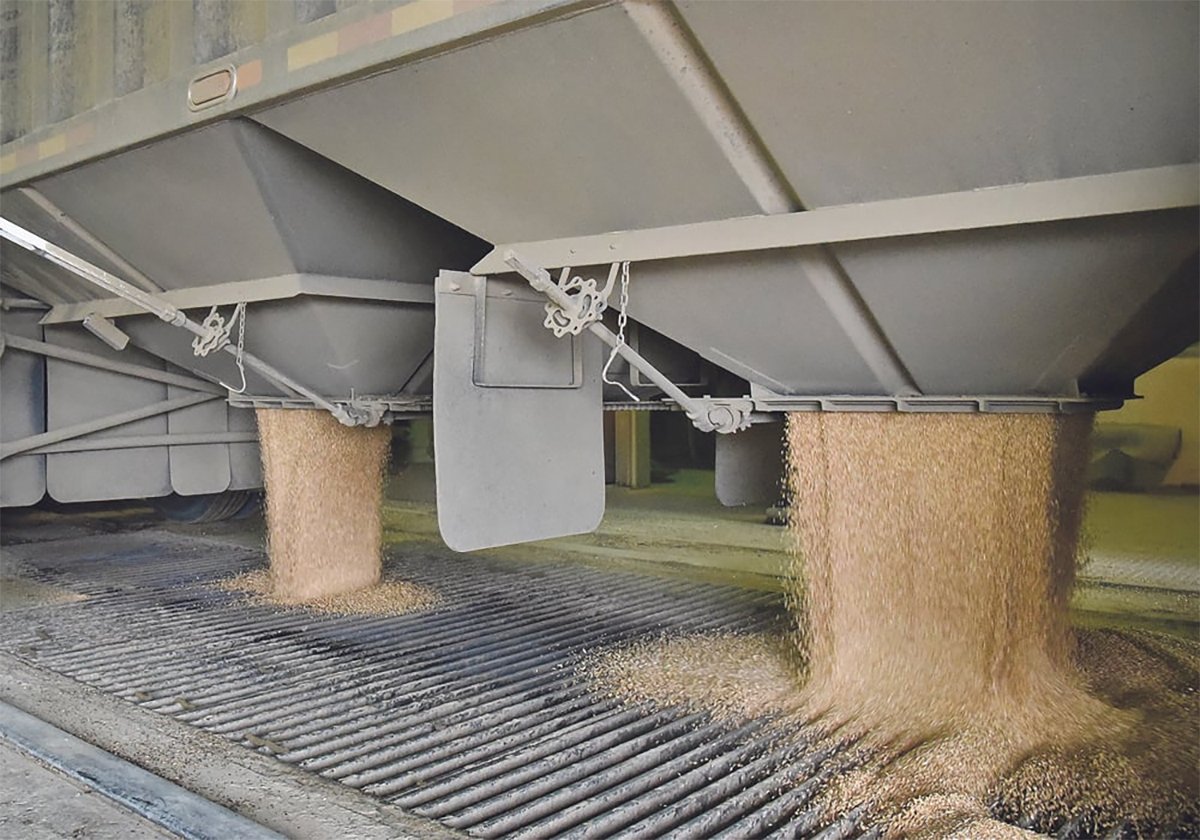The Canada Revenue Agency claims that the average tax refund for the 2007 tax year rose to $1,440 per person, almost $200 more than average 2006 refunds.
CRA credits this improvement to new 2007 tax measures such as children’s fitness, public transit and pension income splitting.
The good news also includes a measure that the Fraser Institute calls Tax Freedom Day. That is the day that the average Canadian family earns enough money to pay off all federal, provincial and local taxes for the year. This implies that the money earned the rest of the year goes into the average family’s pocket for personal use.
Read Also

Worrisome drop in grain prices
Prices had been softening for most of the previous month, but heading into the Labour Day long weekend, the price drops were startling.
Tax Freedom Day this year fell on June 14, four days earlier than in 2007. This is even better news when compared with 2005, when Tax Freedom Day was June 25, the latest ever in Canadian history.
The not so good news is that when Tax Freedom Day was first identified in 1961, it was almost two months earlier than in 2005.
Since 1961, the tax bill of the average Canadian family has increased by 1,700 percent. How does that compare to other household expenditures and necessities? Family expenditures on shelter, food and clothing increased 1,063 percent, 505 percent and 455 percent in the same period, respectively. The end result of the giant increase in taxes is that the average Canadian family now pays more in taxes than it does on the necessities of life such as shelter, food and clothing. In 1961, the reverse was true.
The bad news doesn’t stop there. In a new report, the Fraser Institute estimates that each Canadian taxpayer owes more than $150,000 in federal, provincial and local liabilities. The three levels of government have accumulated more than $790 billion in direct debt.
If we add to that debt programs such as Old Age Security and Medicare that represent unfunded liabilities, total debt rises to $2.4 trillion. The unfunded liability of Old Age Security alone grew by more than 27 percent between 2000 and 2004.
Part of the problem is that these programs will be largely funded by younger taxpayers over their working lifetimes. In 1956, the portion of the Canadian population younger than 20 was almost 40 percent. That group now represents less than 25 percent. So the burden of funding these massively expensive programs is falling on fewer people.
Falling birth and mortality rates mean that the pressure will continue to grow on the younger workforce and can only result in reduced benefits and substantial tax increases along the way.
Larry Roche is a tax analyst with farm taxation and planning specialists Farm Business Consultants Inc. He can be contacted at fbc@fbc.ca or call 800-860-7011.














